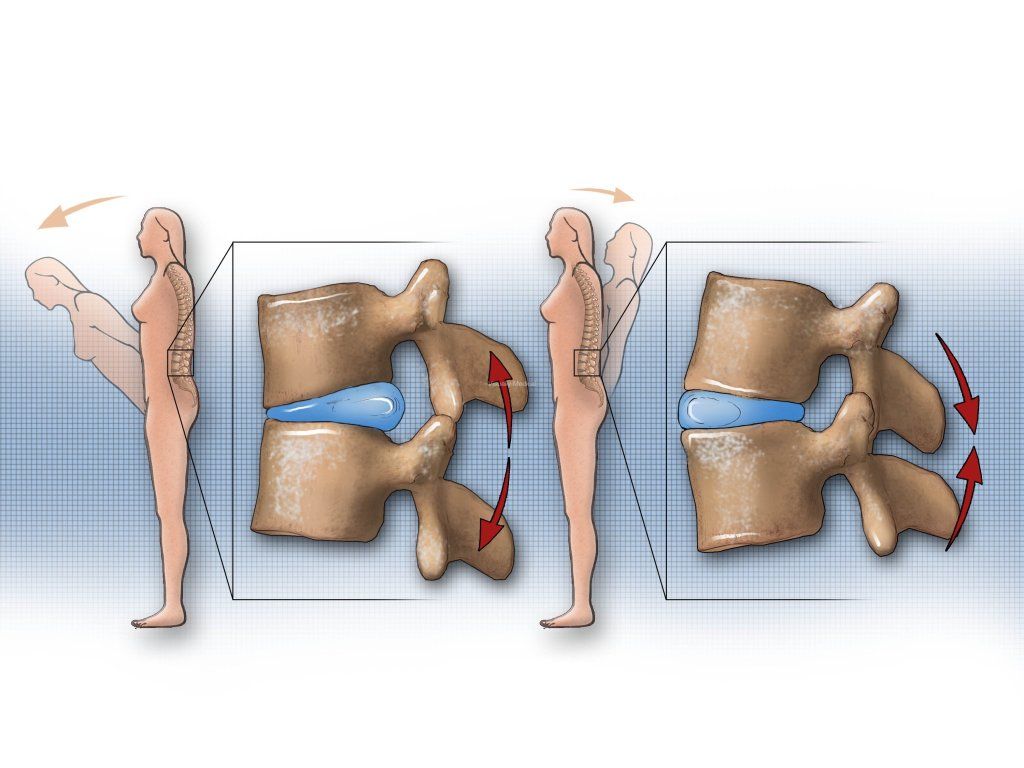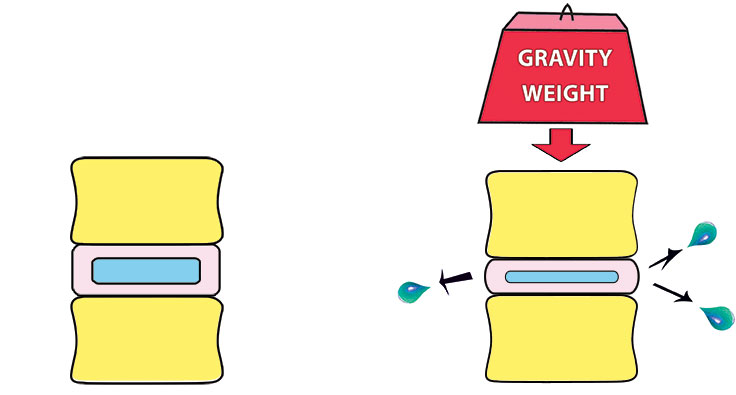 Most of us will have suffered some type of low back pain in our life time, no matter how old you are (if you haven't I'd love to hear from you and find out what your secret is!)
Most of us will have suffered some type of low back pain in our life time, no matter how old you are (if you haven't I'd love to hear from you and find out what your secret is!) Not all low back pain is the same, but I do see some presentations of low back pain that are very common. Here is one of the more common types of low back pain that I see:
PATIENT DESCRIBES:
-sometimes insidious (not sure how it happened) or felt something "pinch" deep in their low back
-most likely mechanism of injury is flexion or bending the back (ie. picking up something off the floor)
-described as dull/achy constant pain, with intermittent episodes of sharp stabbing pain with sudden movement
-usually worse in the morning and feels very stiff getting out of bed
-hard to put on shoes and socks on in the morning, but easier taking them off at the end of the day
-usually feels better with movement
-worse in prolonged positions such as sitting (particularly in flexion) or standing
-feels like it is "deep" or on my spine, but feels like a pulled muscle
-no pain going down leg(s) but ache into buttocks

WHAT IS IT???
When a patient presents with these symptoms, and all other sinister causes of low back pain have been ruled out, I diagnose these patients with what I call "discogenic" low back pain. Sometimes it freaks patients out to hear that a disc is involved. They usually think the worst such as a herniated or bulging disc, but it isn't quite the case.
For me, discogenic pain means that the disc it self is the cause of the pain (here is where some of my colleagues would disagree with me, but I could settle my argument in another forum with them). When I describe to patients what this type of pain is, I explain it as if the disc was "bruised."
REASONS FOR SYMPTOMS:
When the disc gets "bruised" it causes the deep/achy pain in the low back because that is where the disc is located. Most people feel that their back gets "tight" because surrounding musculature will "brace" to help to prevent movement and pain. The sharp/stab with sudden movement can be explained when the tissue around the disc gets pinched between the vertebrae with a rapid movement (especially sneezing or coughing.)
 The difficult one for people to understand is why it typically feels worse in the morning. Disc are made up of collagen. Collagen is what is called hydrophilic (which means water loving.) The discs will absorb water over night when they are non weight bearing and tend to swell or become superhydrated. This is why we are taller in the morning (before we stand up and squeeze some of the fluid out.) This is similar to a dish sponge that you add water to. You can see the dish sponge increase in size. After a few minutes of walking around, it squishes some of the fluid out of the discs and "normalizes" the size of the discs and makes it easier to move.
The difficult one for people to understand is why it typically feels worse in the morning. Disc are made up of collagen. Collagen is what is called hydrophilic (which means water loving.) The discs will absorb water over night when they are non weight bearing and tend to swell or become superhydrated. This is why we are taller in the morning (before we stand up and squeeze some of the fluid out.) This is similar to a dish sponge that you add water to. You can see the dish sponge increase in size. After a few minutes of walking around, it squishes some of the fluid out of the discs and "normalizes" the size of the discs and makes it easier to move. WHY DOES IT TAKE SO LONG TO GET BETTER?
I try to explain this to patients that "bruises" take time to heal. Depending on how bad the bruise is, it may take longer to heal. If the "bruise" becomes reaggravated it may take a bit longer to heal. Unfortunately it can take days to weeks to get better.
WHAT SHOULD I DO WHEN THIS HAPPENS?
Discogenic pain may subside on its own. However, I always recommend a course of treatment as I have had a ton of success getting people back on track much faster than if you let it run its course.


No comments:
Post a Comment